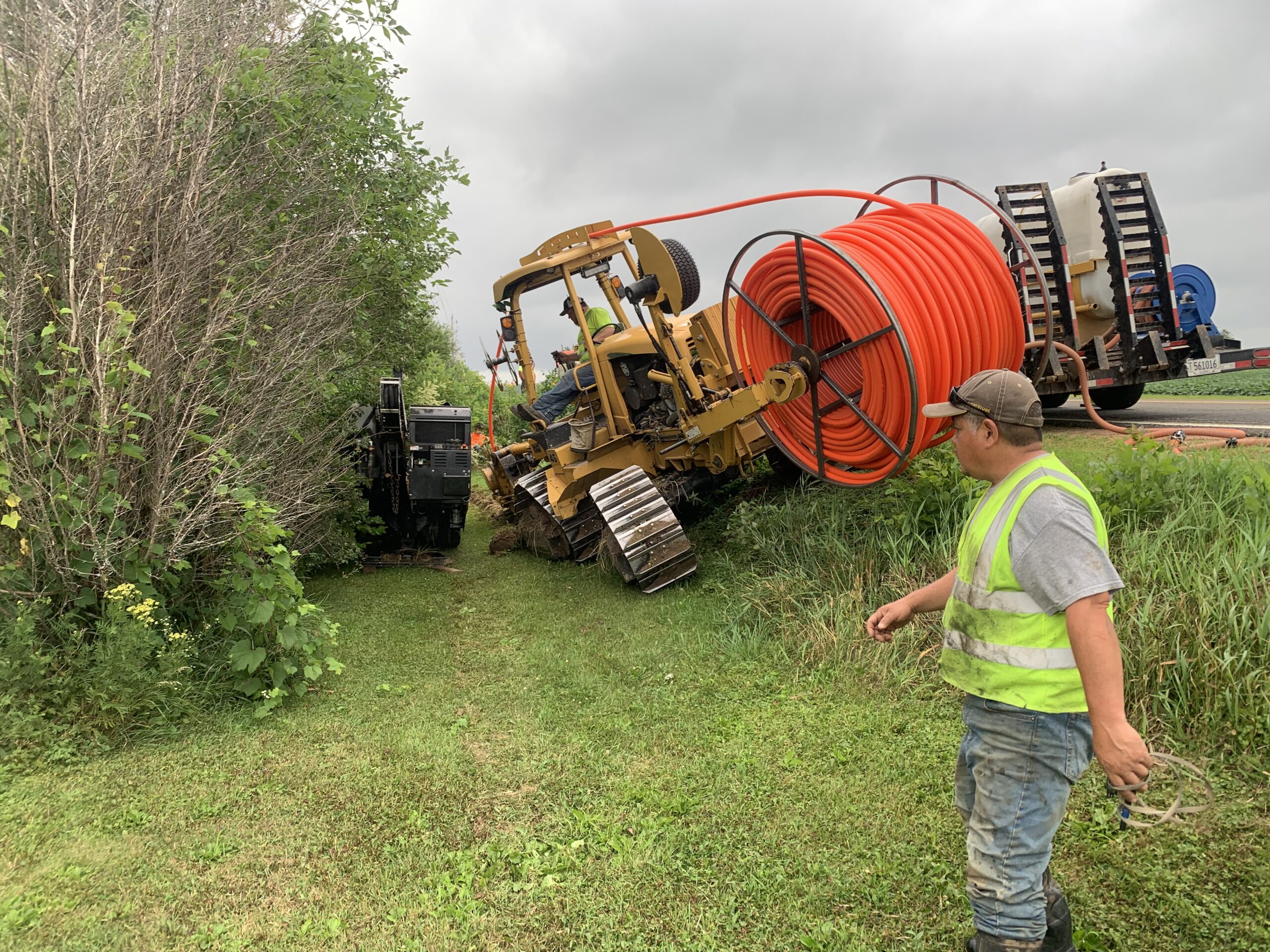YOUR UNDERGROUND
UTILITY EXPERTS
The Hole Deal is your trusted provider of directional boring and cable plow services, catering to contractors, businesses, and residents throughout the Midwest. When it comes to underground projects, our team of seasoned professionals is ready to tackle the job with precision and efficiency.
As a small business, we recognize the significance of hard work, integrity, and exceptional customer service. Our dedicated team is approachable, responsive, and committed to delivering results that exceed your expectations.
With 20 years of hands-on experience in the Midwest, The Hole Deal brings unparalleled knowledge and proficiency to every project we undertake. Trust us to handle your underground utility needs with the utmost professionalism and care.
WHO WE SERVE
LARGE & SMALL BUSINESSES
Whether you're a large corporation or a small enterprise, our directional boring services cater to your underground utility needs, ensuring efficient and reliable installations to support your operations.
MUNICIPALITIES & COMMUNITIES
Municipalities benefit from our expertise in directional boring, providing essential infrastructure improvements with minimal disruption to communities.
UTILITY COMPANIES
Telecom, internet providers, and other utility companies rely on our services to install cables and conduits seamlessly, ensuring uninterrupted service delivery to customers.
RESIDENTIAL HOMES
Homeowners trust us for the installation of various utilities, enhancing property functionality without compromising aesthetics.

REVIEW US!
We greatly value your opinion! Your feedback is crucial in helping us enhance our services. If you've had a positive experience with us, we'd appreciate it if you could take a moment to share your thoughts and leave us a review. Thank you for your support!


